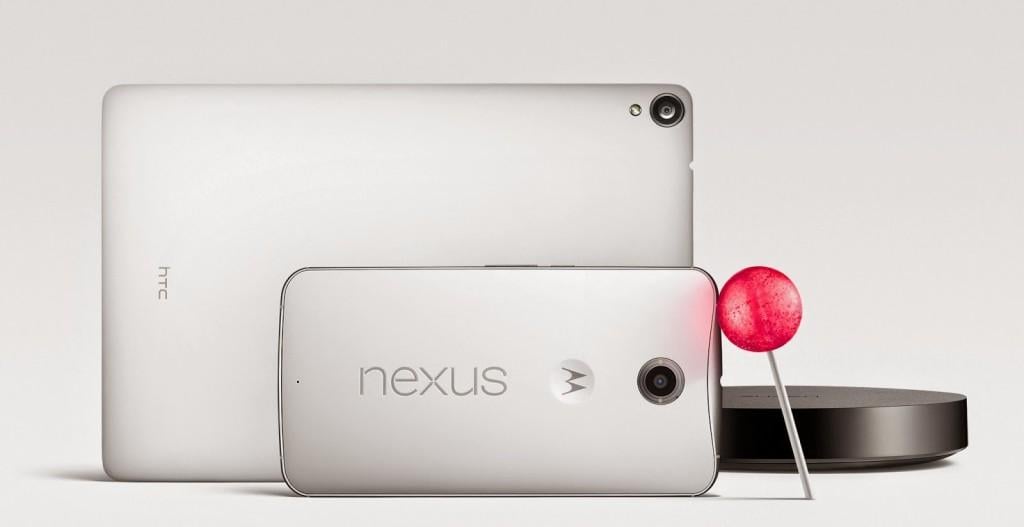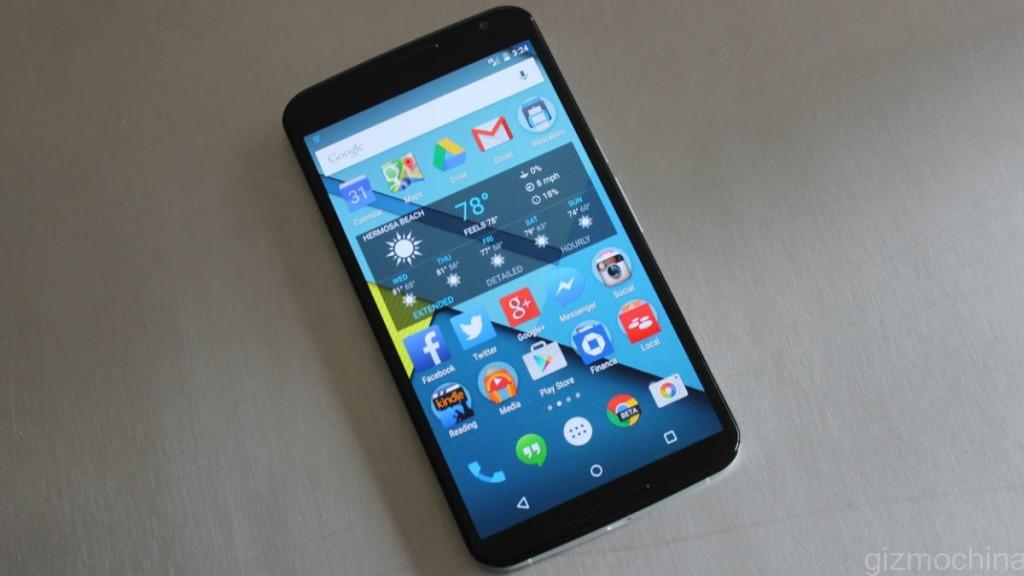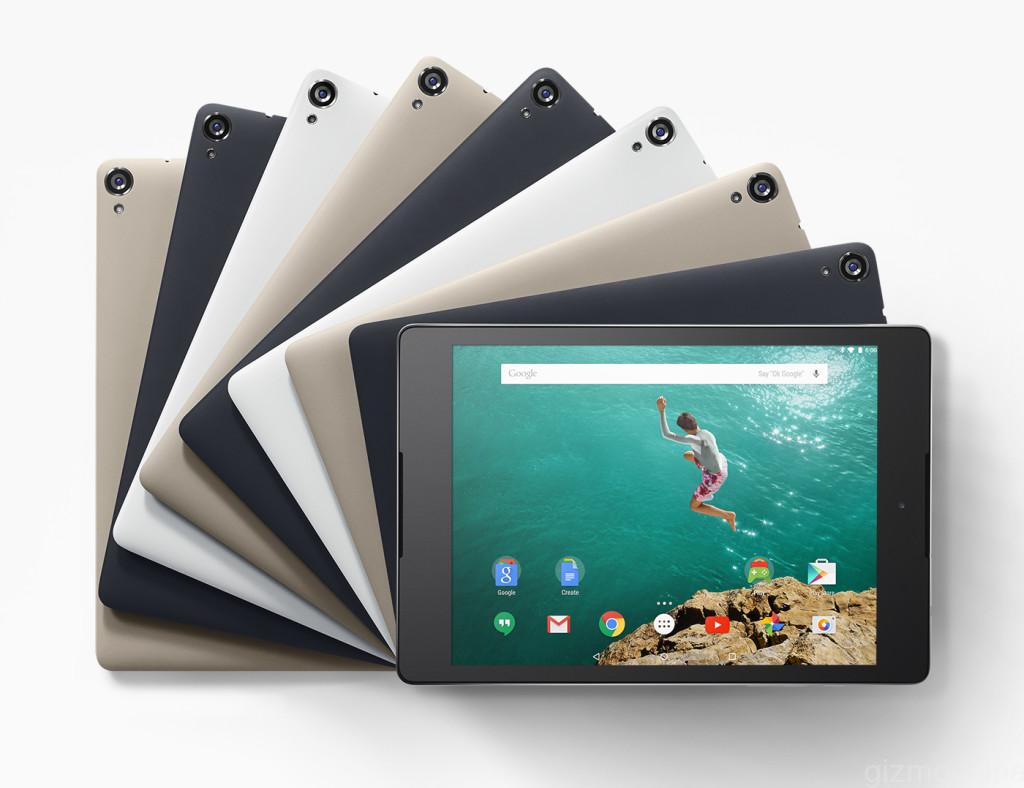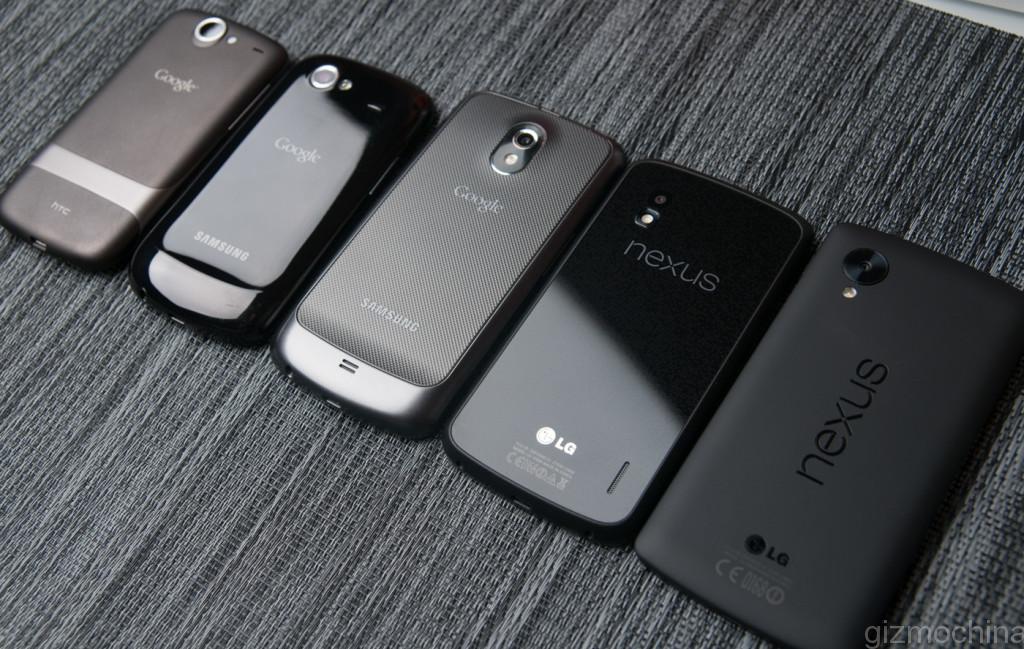
The transition to a pricier range of Nexus devices have lead to lower sales for the line this quarter. For the first half of 2014, Google was still offering the economically-priced Nexus 5 smartphone at the starting price of $349 and the similarly-affordable Nexus 7 tablet at $229. This quarter, Google is offering their latest devices, the Nexus 6 smartphone and Nexus 9 tablet at $649 and $399 respectively. The law of supply and demand would dictate that people would be unlikely to accept the price hike, and that’s taking into consideration even the high popularity of these devices running stock Android.
This could be stemming from a few possible reasons: The specifications offered for the Nexus 6 and 9 devices could simply be an insufficient upgrade for some to justify the price increase, which is understandable. Take the Nexus 6, for instance. Some might find the 6 inch display of the Nexus 6 and thus larger physical size to be unfeasible for practical daily usage in a smartphone. The new 64 bit Qualcomm Snapdragon 805 quad-core processor isn’t going to be much of a difference in real-world scenarios for some mainstream users, especially given that the next-generation Qualcomm Snapdragon 810 is already making headway. Also, It doesn’t help public perception much that the price hike is almost up to 50% more from last year’s huge-selling Nexus 5 to the latest Nexus 6.
On the Tablet side, the increase of price would not be such a major factor, but, instead, the fact that people do not upgrade their tablets as often as they do phones. Apple clearly dominates the Tablet market, but even the Cupertino giant is experiencing a sales slump with their iPads. Tablets in general would surely be no more influential than Smartphones in this recent swing towards lower Nexus device sales for Google. Neither would the Nexus Player, considered by many to be a minor product in the line.
While it is easy to see how insignificant overall Nexus sales would factor into the bigger picture at Google, the search giant actually stands to gain a few positives moving forward.
- Google knows their limits a little better now
No other time has Google ever got all of the five major U.S carriers, AT&T, Verizon, Sprint, T-Mobile and U.S. Cellular in on the Nexus ‘action’, but Google accomplished it with the Nexus 6 for the first time. The closest Google has gone is with Samsung’s Galaxy Nexus, on which AT&T and Verizon were the only collaborators. Various other Carriers have offered certain Nexus phones from time-to-time, but Google now has the experience of offering a truly high-end flagship phone with every major carrier in the U.S. This gives Google invaluable experience and knowledge when it comes to pricing future Nexus Phones, no matter what distribution method it chooses in the future.
- They have finally reached the pinnacle of screen sizes
With an uncommon screen of 6 inches, the Nexus 6 breaks new ground for an Android phone. Some have rejected the Nexus 6 on size alone, but the essential point to take away would be that Google pushed the boundaries of what is physically feasible for phone sizes. 6 inches may very well be the utmost limit when it comes to smartphones, and we would know that to be true simply because Google has attempted it and lived to tell the story. When it comes down, consumers can buy a 6 inch phone because Google has made the choice possible.
- Google knows first-hand what it means to scale with phone manufacturers now
Google actually produced the Nexus 6 with Motorola still under their direct charge. They already know the struggles of domestic manufacturing, despite weak sales of the Moto X with its 2013 and 2014 editions, but they will forever have the experience of building smartphones under the belt. One little point in all of the mix is how Google has gained its fair share of experience producing a Motorola-branded Nexus as well. Google should have the best foot moving forward with future partnerships when it comes to providing inputs on the components that would yield the best balance of power and cost in future Nexus devices.
Conclusion:
With reports that LG would be producing the next Nexus Smartphone, it is clear the product line is far from dead. If anything, coming from the recent slump in sales for Nexus devices, a wiser, stronger Google would emerge and potentially be unstoppable for its next iteration of the Android operating system, and the devices that would be birthed along with it.









